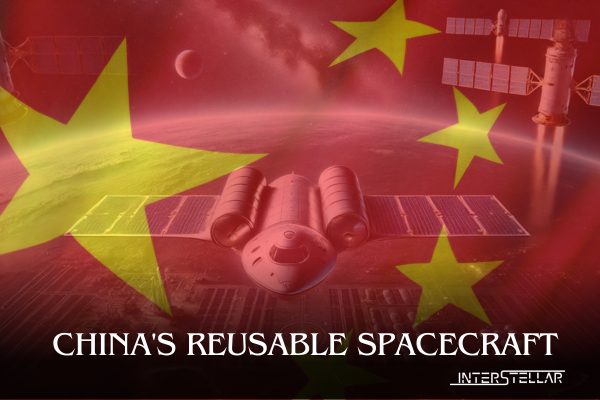China’s Reusable Spacecraft: Technological Marvel or Military Threat?
China’s reusable spacecraft is stirring interest and concern globally. Launching atop a rocket booster and landing at a secretive military airfield, this spacecraft is likely testing advanced technology. However, experts believe it could also be used for manipulating or retrieving satellites.
Testing Technology or Military Maneuver?
On its third mission, the spacecraft demonstrated remarkable capabilities. In June, it was observed releasing an object, moving several kilometres away, and then manoeuvring back within a few hundred metres of it.
Marco Langbroek, a lecturer in optical space situational awareness at Delft University of Technology in the Netherlands, suggests the spacecraft has both military and non-military applications. “It has a military application, such as inspecting or disabling enemy objects,” he said. “But it also has non-military uses like refuelling satellites.”
With complex satellite networks becoming crucial for militaries, a reusable spacecraft that can interfere with these networks holds significant value. China has not disclosed the technologies tested on this spacecraft, nor has it been publicly photographed since its operations began.
A Global Context
The U.S. launched its uncrewed Boeing X-37B spaceplane in 2010, and Russia has recently deployed several satellites suspected by U.S. officials to be weapons—a claim Russia denies. Victoria Samson, chief director of space security and stability at the Secure World Foundation, compares China’s spacecraft to the X-37B, suggesting both are primarily technology demonstrators rather than military tools.
China’s Ministry of Defence has not commented on the spacecraft. State media, Xinhua, refers to it as a “reusable test spacecraft,” noting its launches and landings.
The current mission began in December 2023. The previous mission, which also involved deploying and retrieving an object, lasted 276 days from August 2022. Its first flight was in September 2020 and lasted two days.
Advancements and Military Implications
General Stephen Whiting, commander of U.S. Space Command, highlighted the rapid advancements by China in space. He noted that any Chinese space activity likely has dual-use implications for national security. “We are always interested in understanding these dual uses,” Whiting said.
The Mystery Surrounding China’s Spaceplane
Little is known about China’s spaceplane. Tracking data reveals it launches from Jiuquan, north-central China, and lands at an airfield in Lop Nur, Xinjiang. This airfield, linked to a former nuclear testing site, is under strict military control, said Jonathan McDowell of the Harvard-Smithsonian Center for Astrophysics.
China’s reusable spacecraft changes altitude from common orbits of approximately 350 km to 600 km. It is thought to be similar in size and shape to the X-37B, which is about 30 feet long and has spent up to 908 days in orbit at altitudes up to 38,000 km. Given its lengthy time in space, the spacecraft is assumed to be uncrewed, although it has flown atop China’s Long March 2F booster.
Historical and Modern Context
The U.S. Space Shuttle, operational from 1981 to 2011, could carry a crew of seven but spent no longer than 17 days in orbit. The Soviet Union’s large crewed spaceplane, Buran, made one automated orbital flight in 1988.
Jeffrey Lewis, director of the East Asia Nonproliferation Program at the Center for Nonproliferation Studies, cautioned against viewing China’s spaceplane through a military lens alone. “Many of these are just experiments rather than well-thought-out military platforms,” he said.
Potential Military Uses
The X-37B’s missions, classified but described as experiments in reusable vehicle technologies, could influence the duration of missions based on their success. Inspecting or disabling adversary satellites is a potential military capability. Some countries, including the U.S., China, India, and Russia, already possess ground-based anti-satellite missiles. Orbital weapons remain taboo, with weapons of mass destruction in space banned by the 1967 Outer Space Treaty.
China’s 2021 test of a hypersonic glide vehicle, part of a fractional orbital bombardment system, highlighted potential advancements. However, attacking from orbit using a spaceplane offers limited advantages over traditional missiles, Lewis noted.
Two senior Indian military officers, speaking anonymously, expressed concern over China’s spaceplane. “The spacecraft is definitely alarming,” said one officer. “Things like this can always have dual purposes. India is keenly watching.”





